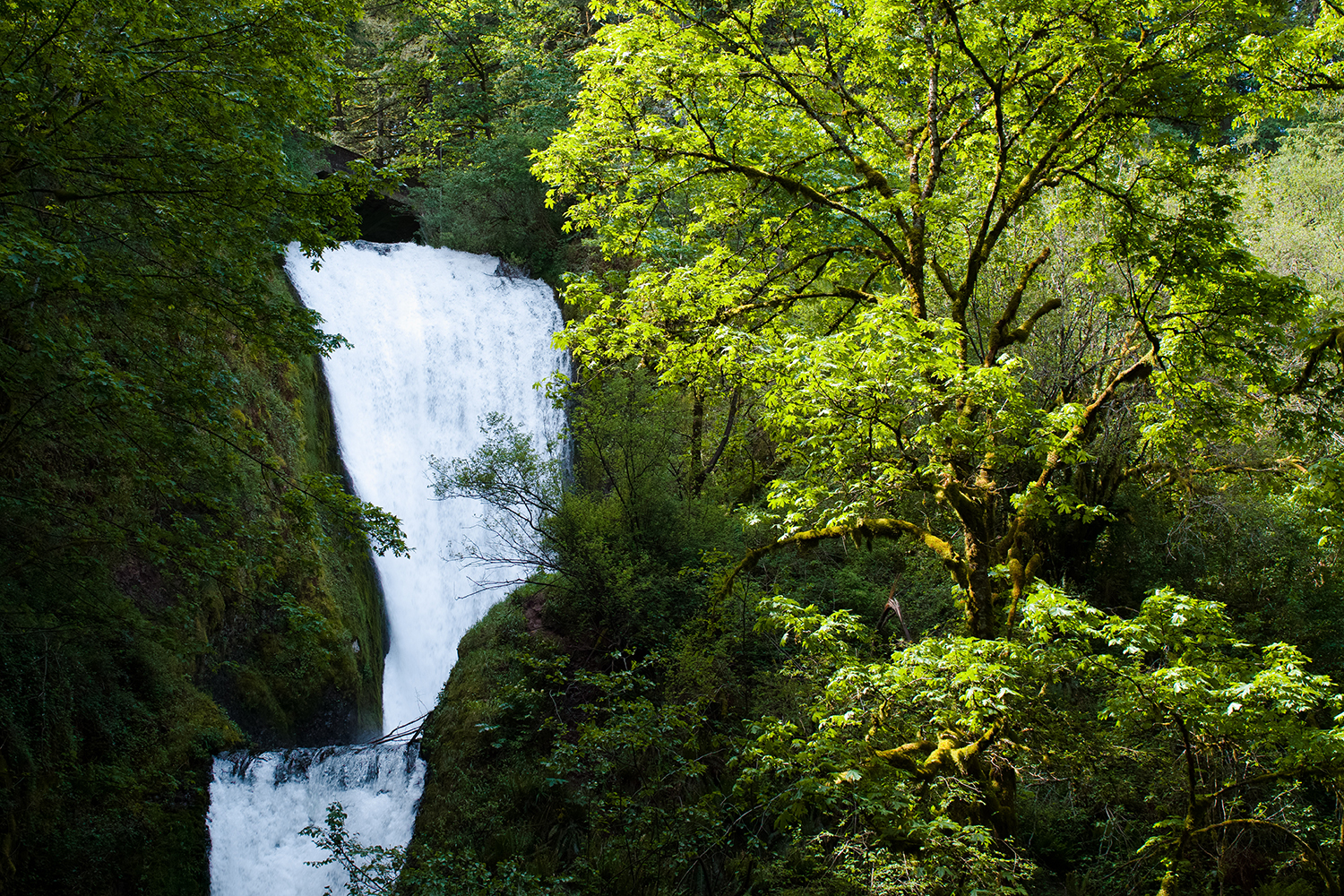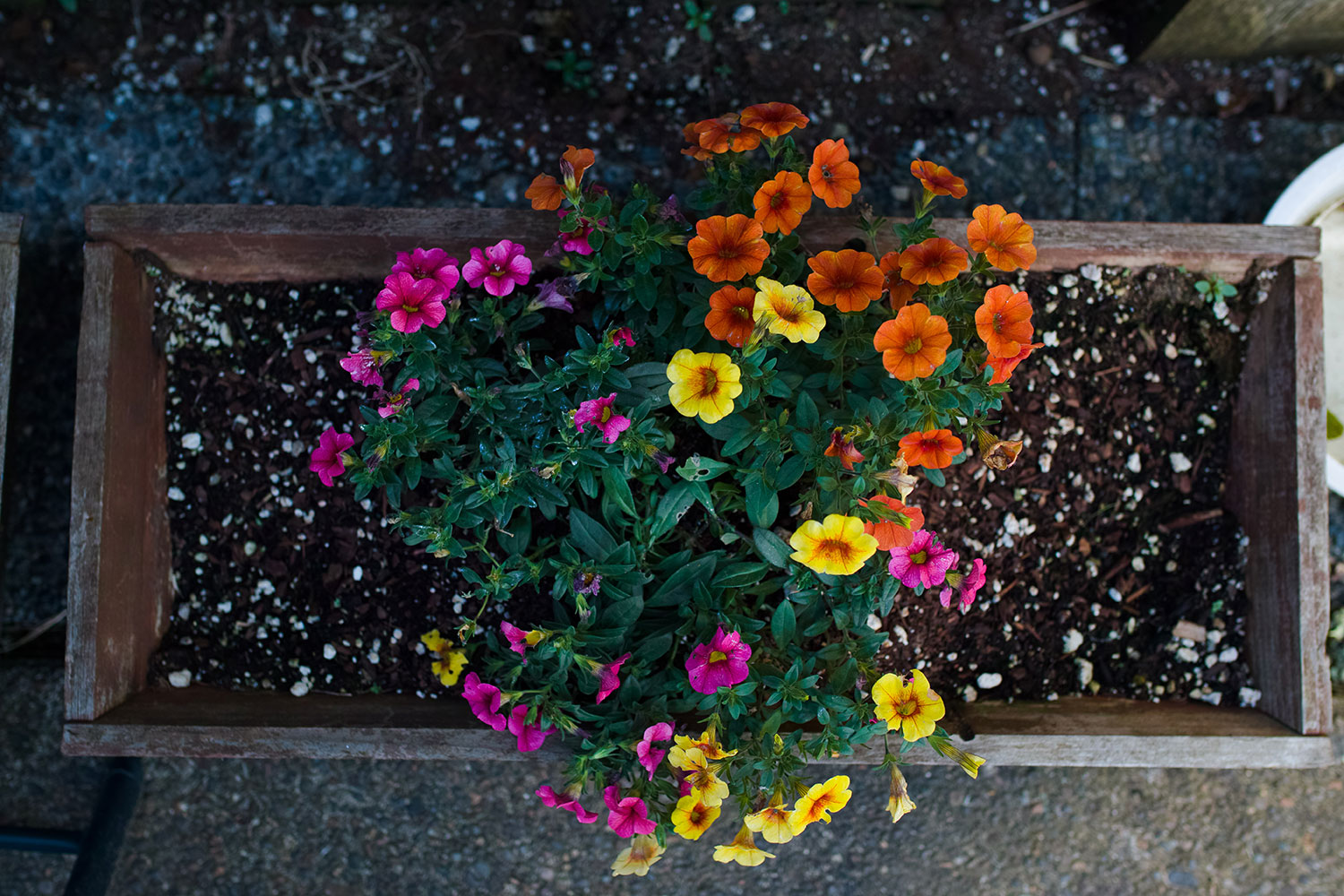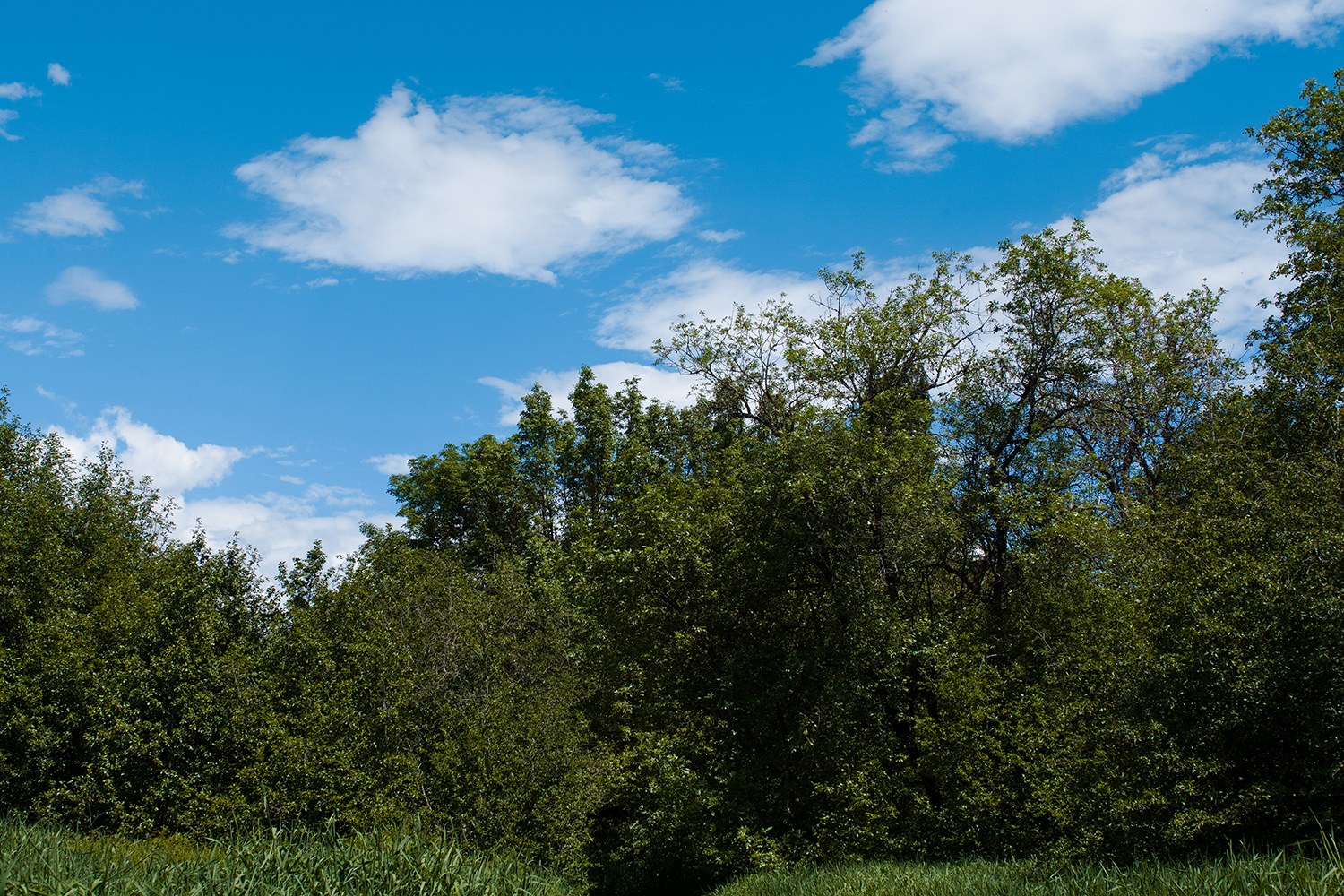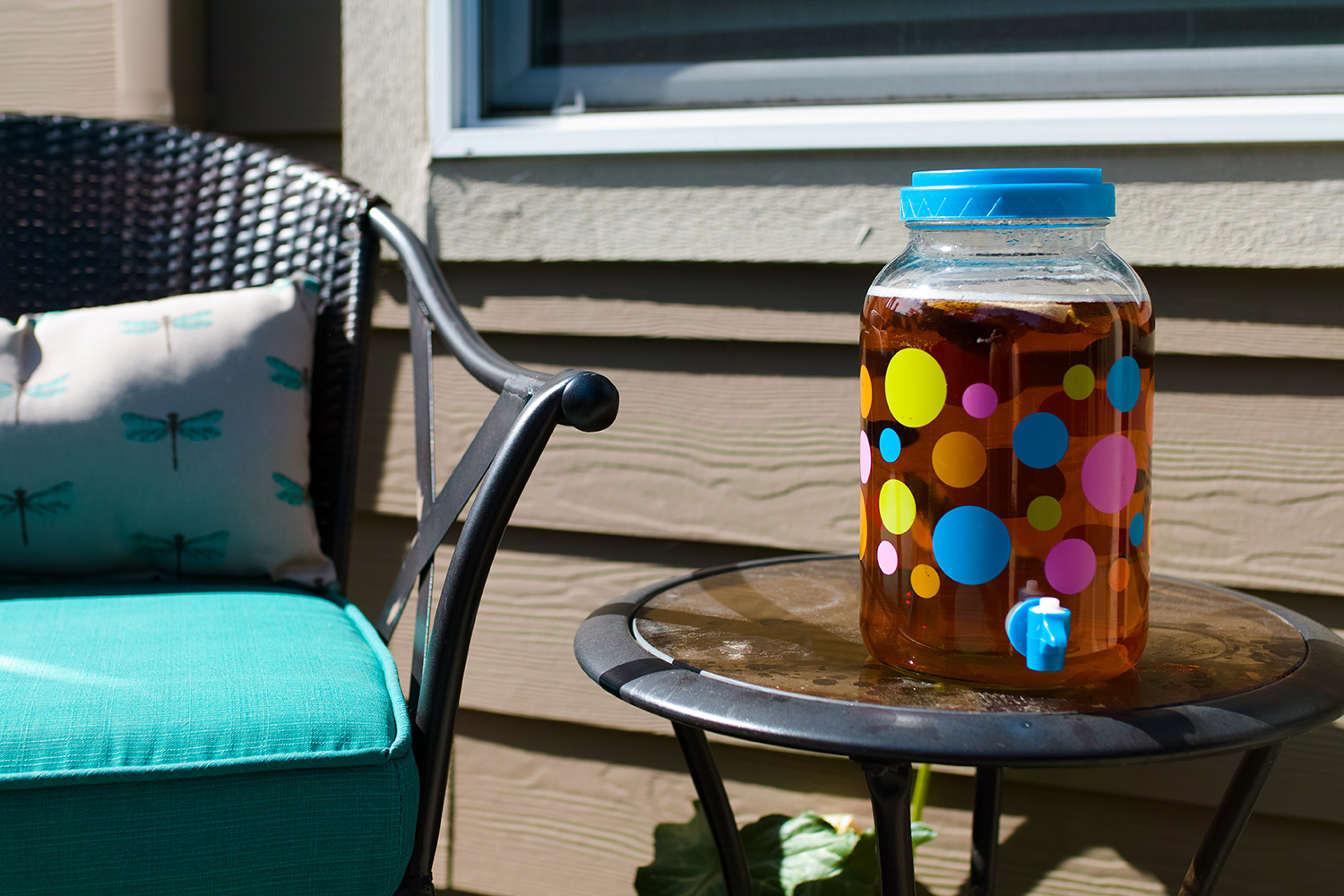“Sigma’s SD Quattro H is a camera for people who truly love the process of photography.”
- Beautifully rich image quality at base ISO
- Seven-exposure mode
- Great, weather-sealed build quality
- Unique sensor
- Affordable for the quality
- Very noisy at high ISO
- Slow autofocus
- Long image write times
- Poor battery life
When digital photography was in its infancy, cameras of all shapes and sizes with unique, interesting, and bizarre designs were common. There were the Kodak DCS cameras that stuck a large processing brick to the bottom of Nikon, Canon, and Sigma film SLRs. The Polaroid PDC-3000 looked like a discarded piece of Star Wars concept art. And of course, who could forget the iconic, shapeshifting Nikon Coolpix 990?
In those days, camera companies were willing to try everything, but the fun eventually came to a halt. Digital cameras today, well, they mostly just look like cameras.
Sigma, however, is going against the grain. Although most known for its lenses, the company has been quietly churning out digital cameras for some time, and it hasn’t been afraid to experiment with more radical designs. The $1,200 SD Quattro H is its flagship mirrorless model, and perhaps the most unique interchangeable lens camera on the market today – for its looks, and for the technology underneath.
A no-frills design
The SD Quattro H has a spartan exterior that reflects the bland rationality of military equipment more than the glam and gleam of consumer electronics. It is essentially a rectangular box built around a comically large lens mount with a handgrip attached to one side. The base of the body slopes up toward the handgrip so that the grip is elevated by about half-an-inch when the camera is set down on a surface. It’s an odd-looking design, but altogether functional.
Made of magnesium alloy, the Quattro H is solid, heavy, and fully weather sealed. The ergonomics aren’t inherently bad, but it might not be comfortable for long periods of handheld use.
A very wide LCD commands your attention on the rear of the camera, but this is actually two discrete monitors. A standard 3:2 display shows the live-view image, while a narrow secondary screen next to it shows settings info. The secondary screen is similar to the top LCD display on midlevel and professional DSLRs, showing exposure settings, focusing mode, shots remaining, battery life, etc.
For the most part, the LCD is very sharp, but it does suffer from aliasing. This issue is even more pronounced in the built-in electronic viewfinder, which can make it difficult to tell if your subject is truly in focus. The EVF is otherwise very crisp and easy on the eye, with a comfortable viewing distance and good magnification. More recently, Sigma issued a firmware update for both the SD Quattro and Quattro H that claims to improve “the image quality of the displayed files, when checked on the main display or through the viewfinder or output via HDMI.” This update arrived after we returned our review unit so we have not been able to test it, but it may correct the aliasing issue we encountered.
The Quattro H has a spartan exterior that’s more functional than glitzy.
The Quattro H uses Sigma’s standard SA lens mount, also used by the company’s DSLRs, which is both good and bad news. The good is that it offers compatibility with Sigma’s DSLR lenses (which are also available in Canon and Nikon mounts). This includes the highly regarded line of Art lenses, like the 35mm f/1.4 that we tested with the camera and the 85mm f/1.4 we have reviewed previously. The downside is that it results in a lens mount tube that extends almost 1.5 inches out from the body. This somewhat negates the size advantage typical of mirrorless cameras.
Sigma has found a way to make use of that space, at least, by putting the power switch atop the lens mount. It’s easily accessible to your left thumb while holding the camera in shooting position. And inside, there’s a user-removable IR filter, so you can easily convert the Quattro H into an infrared camera and back again, which may not be something many users would take advantage of, but it is a very unique feature.
On the right side of the camera is a single SD memory card slot, and on the left are ports for a wired remote, USB 3.0, and HDMI. The HDMI port is strictly for still image playback as the Quattro H has no video mode.
A multilayered approach to image quality
The SD Quattro H is so named because it is built around an APS-H version of Sigma’s newest “Quattro” generation sensor. It sits a step above the SD Quattro, which uses the more familiar APS-C sensor size. The APS-H format is very rare, although Canon used to use it in the now-discontinued EOS-1D line (not to be confused with the newer 1D X-series, which is full-frame). It has a 1.3x crop factor, putting it in between APS-C and full-frame. Nobody – not even Sigma – makes lenses specific to this format, which could limit the camera on the wide-angle end of the lens spectrum, although it appears that at least some of Sigma’s APS-C specific lenses do project an image circle large enough to cover the APS-H frame size.
However, the size of the sensor isn’t really the main point here. Unlike virtually every other camera manufacturer, Sigma does not use a color filter to divide the surface of the sensor into red, green, and blue pixels. Instead, the Foveon X3 sensor at the heart of the Quattro H is built in layers, with each layer receiving a different color of light from blue, to green, to red.
The Foveon X3 design, although not new, is still one of the most interesting technologies in consumer imaging. It makes use of the light absorption properties of silicon, by which longer wavelengths penetrate deeper into the sensor than shorter ones. By engineering photosites with stacked photodiodes at specific depths, the sensor can capture red, green, and blue color information for each individual pixel. Not only does this increase the color resolution of the sensor, it also removes the need for an optical low-pass filter, further improving sharpness without increasing the risk of moiré.
The Foveon X3 sensor is one of the most interesting technologies in consumer imaging.
Some Olympus and Pentax cameras can also record full color information for every pixel, but they do it by taking multiple exposures, shifting the sensor by one pixel’s width in between frames, and then combining them. This has some inherent drawbacks, like requiring a tripod and a motionless subject.
Sigma bought Foveon outright in 2008, but its first X3-based camera, the SD9 DSLR, was released way back in 2002. That camera made due with just 3.54 megapixels (times three layers), but the sensor in the SD Quattro H boasts a top (blue) layer of 25.5 megapixels and subsequent green and red layers, each with one-quarter of that resolution. The trademark of the X3 Quattro sensor is that top layer, which captures all of the luminance data in addition to the blue color information. That luminance data is then copied and applied to the signal from the deeper green and red layers, which make up for their lower resolution.
Sigma claims the output of the SD Quattro H, while measuring just 6,192 x 4,128 pixels, offers an equivalent resolution of 51 megapixels compared to a traditional Bayer image sensor. It’s a claim we don’t contest. We admit, we don’t fully understand how this sensor works its magic, but it produces incredibly detailed images with a richness and depth that goes far beyond basic resolution. Under the right conditions, the color, tonality, and sharpness competes with and even surpasses that of cameras with larger sensors and much larger price tags.
The key wording here is “under the right conditions.” Due to the aggressive signal processing that’s required for the X3 sensor, the Quattro H falls very far behind other cameras when it comes to high ISO shooting. This is unfortunate, as the design of the sensor itself actually makes it more sensitive to light, but due to processing, noise becomes a problem as soon as you move away from the base ISO of 100. While it supports ISOs up to 6,400, it’s best to think of the Quattro H as a one-ISO camera. You can get away with ISO 400 if you need to, but anything above that gets iffy. Even at base ISO, noise can lead to slight discolorations, adding sporadic violet or green hues over water, dense foliage, and other dark areas. The camera does seem to handle highlights well, however, so overexposing to let more light into the shadows can be an effective solution.
It is, in some ways, like shooting a medium-format camera. All the detail and color are there, but you’re going to need to work for it. This is not necessarily a negative, but it does significantly limit the SD Quattro H’s appeal to a select group of users. This is a camera for people who truly love the process of photography; if you don’t, you’re going to be frustrated by it. It is likely most attractive to landscape and studio photographers who know how to control light, either through filters and bracketing or strobes and reflectors.
Landscape shooters will also appreciate the camera’s Super Fine Detail (SFD) mode which takes seven images with auto-bracketed exposure settings and combines them into one. The resulting composite is saved as a RAW (X3i format) file that can only be read by Sigma’s Photo Pro software (it can’t even be viewed in-camera). SFD photos are a sort of “soft” HDR, capturing more dynamic range with less noise than a single-exposure image, but without the extreme effects common to HDR merges. The mode is highly limited, requiring both a tripod and a stationary subject, but it will lead to the best possible results for those willing to put in the extra effort (and suffer through Sigma Photo Pro).
For standard exposures, the Quattro H can shoot straight to the Adobe DNG format for easy editing in Lightroom and other RAW processors. This feature was added sometime after the initial launch, and it was a very welcome addition as Adobe does not support Sigma’s proprietary RAW format on the Quattro series. Shooting in DNG will still result in massive file sizes of around 142 megabytes per image, however, so we recommend investing in a large SDXC memory card.
User experience
On the positive side, the menu system is very well thought out and navigating it is quite responsive. It is simple and straightforward and you will have no trouble finding what you are looking for, even if you have no experience with Sigma cameras beforehand. The option to format the memory card is buried, but other than that, it’s a really nice user interface.
But there are also several cons. The average consumer would pick up this camera, try to take a picture, and immediately put it back down, never to pick it up again. It’s obnoxiously large and heavy for a mirrorless camera and feels like an expertly engineered brick. There’s no video mode, no Wi-Fi, and there may as well be no autofocus. Autofocus is agonizingly slow most of the time, despite being a hybrid phase- and contrast-detection system. There are also only nine AF points, although there is a good range of flexibility in adjusting the size of each point. Manual focus may actually be faster, and the camera does feature focus peaking to assist with this.
The average consumer would pick up this camera, try to take a picture, and immediately put it back down, never to pick it up again.
Even if you can handle the slow autofocus (or don’t mind doing it yourself), you may yet be put off by the equally slow processing times. After each exposure, it takes several seconds for the image to finish writing to the memory card. Fortunately, you can continue shooting and access the menu during this time, but if you want to review the image you just took, you’ll need to wait. We spent a lot of time staring at the blinking red SD light waiting for it to stop so we could press the playback button.
But if neither of those things deters you, then you might finally be done in by the poor battery life. Sigma says the Quattro H will power through just 187 photos on a single charge. (The smaller-sensor Quattro does a bit better, at 235.) That’s just over half what you can expect on comparable mirrorless cameras.
So, no, the SD Quattro H isn’t the camera for everyone. In fact, it’s a camera for a decidedly small minority of photographers. In the hands of the right user, however, it’s not a brick but a gem. Its quirks and limitations become its personality. It makes you work harder, and for those who step up to the challenge, we dare say you’ll get better photographs as a result. You may even feel a tinge of pride.
That, or you’ll miss the shot completely.
Warranty
Sigma offers a four-year warranty on all new products, which compares favorably to the one-year warranties offered on camera bodies from most other manufacturers. The company also sticks closely to a two-day turnout time on warranty repairs, provided any needed parts are in stock.
Our Take
We test a lot of cameras. These days, there are few surprises. The Sigma SD Quattro H is an exception. It has been a long time since we pored over every pixel of an image so keenly, but the files out of this camera are a sight to behold. We don’t expect Sigma will sell very many – there are simply too many usability issues – but we greatly admire the company’s bravery for building it at all. We hope Sigma continues to develop Foveon-based cameras, because there really is something special here, and there is still plenty of room to grow.
Is there a better alternative?
We won’t sugarcoat it: Virtually any other camera is a better alternative for the majority of users. With that said, there is no other camera that does what the Quattro H does. Its X3 sensor is capable of breathtaking images. If you can work within the required conditions, you won’t find image quality this good at a price this low anywhere else – and you’ll have to look hard to find it even a higher price.
How long will it last?
This is one area where we can’t fault the Quattro H at all. It’s built like a tank and backed by an industry-leading warranty. It’s unlikely that a competing model will outclass it in the near future for what it does best (base ISO image quality in plenty of light), and it’s already woefully outclassed in everything else. So if you’re fine with that today, you’ll still be fine with that tomorrow.
Should you buy it?
This is not a camera we can recommend to any consumer-level photographer. It’s not fast enough to keep up with your kids, nor light enough to bring with you anywhere. Nor can we recommend it for the majority of working professionals, who will be let down by its slow performance, paltry battery life, and the limiting SA mount.
However, for a select few enthusiasts – for those photographic warriors undeterred by a camera that asks them to do real work, for the diehard medium-format film shooter who still shuns digital – the Sigma SD Quattro H presents an unprecedented and deeply rewarding photographic experience that is worthy of your attention. This is a camera for thinkers and introverts and those who appreciate the journey as much as the destination. It is, for all of its faults, the camera that dares to be different. We will be sad to send ours back.
Update: Sigma has released firmware version 1.04 for the SD Quattro H that promises improved image quality on the EVF and LCD. We have updated the Design section with details.


























